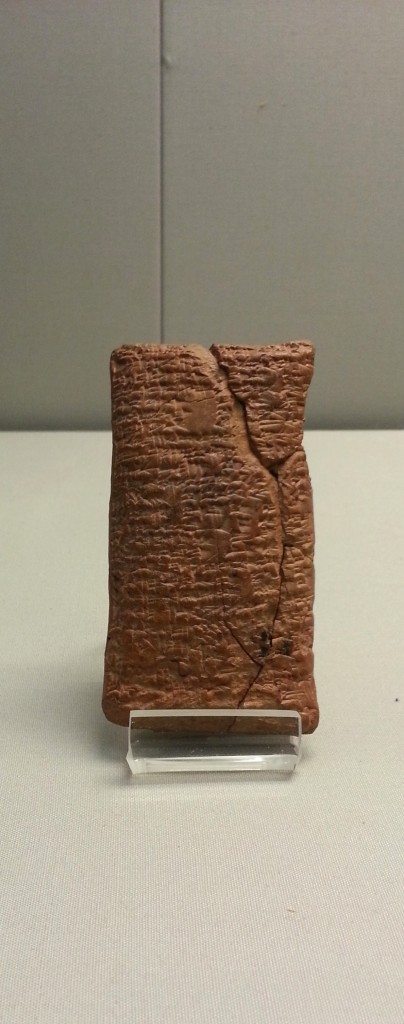From ancient times to the present many cultures around the world have considered libraries as storehouses of ideas, creativity and knowledge. Today we will look at five of the most notable libraries in history and explore why they may be considered significant.
The Great Library of Alexandria
The Great Library of Alexandria is the most famous library in classical antiquity. Over the years it has gained a mythical status as a ‘universal’ library where all scholars of the ancient world could come and share ideas. The library was located within the grounds of the Royal Palace in Alexandria a port city in northern Egypt and was built around 295 BCE by Ptolemy I. The library was a complex with shrines dedicated to each of the nine muses, lectures areas, observatories, a zoo and living quarters. It was thought to house the works of great scholars and writers including Homer, Plato and Socrates. The library’s destruction is most commonly thought to have happened in 48 BCE when Julius Caesar occupied Alexandria. When Caesar tried to leave the port town, Egyptian ships trapped him in. Caesar ordered his men to set fire to the ships however the fire got out of hand and destroyed many buildings including the library. Imagine how much knowledge we would have access to today if the library was still standing?
Royal Library of Ashurbanipal
The Royal Library of Ashurbanipal is named after the King who founded it: Ashurbanipal, the last great King of the Neo-Assyrian Empire. The library was first built around 668-630 BCE making in the oldest surviving royal library in the world. Ashurbanipal was a passionate collector of texts and tablets and it is estimated that 30,000 cuneiform tablets and fragments were recovered from the ruins of his library. These texts now reside in the British Museum where Austen Henry Layard sent them after he discovered the library in late 1849. The collection from the Royal Library of Ashurbanipal is greatly significant to the modern study of the ancient Near East.
Imperial Library of Constantinople
Very little is known about the Imperial Library of Constantinople, which in itself makes it a bit of a mystery. Around 357 CE Constantius II the Byzantine Emperor was aware that early texts in his care which were written on papyrus scrolls were deteriorating. He created the Imperial Library of Constantinople so that many Judaeo-Christian scriptures could be copied from papyrus to parchment or vellum. Though Constantius II was only interested in preserving scriptures, the Imperial Library had housed knowledge of the ancient Greeks and Romans for hundreds of years. In fact the majority of Greek classics that we know today have come from Byzantine copies originating from the Imperial Library of Constantinople.
University of Taxila
Starting between the 5th to the 2nd century, some say the ancient University of Taxila is one of the earliest universities in the world. This university was a centre of learning and knowledge and as such contained a library of high repute. The university is located at a pivotal junction between South and Central Asia along the Grand Trunk Road, in modern-day Pakistan. We can deduce it was also a well-known place of learning as it is mentioned in several ancient languages such as Sanskrit, Greek and Chinese. Today it is a protected archaeological site, closely managed so that this piece of cultural heritage can continue to be studied.
The Celsus Library
Located in Ephesus (modern day Turkey) the Celsus Library was built in 110 CE by Gaius Julius Aquila. It stored 12,000 scrolls and also served as a mausoleum for Tiberius Julius Celsus Polemaeanus. The architecture of this still-standing library is quite incredible and a typical example of the style prevalent in the period under Emperor Hadrian (76-138 CE). Statues and items excavated from the Celsus Library are now on display in the Museum of Istanbul.




